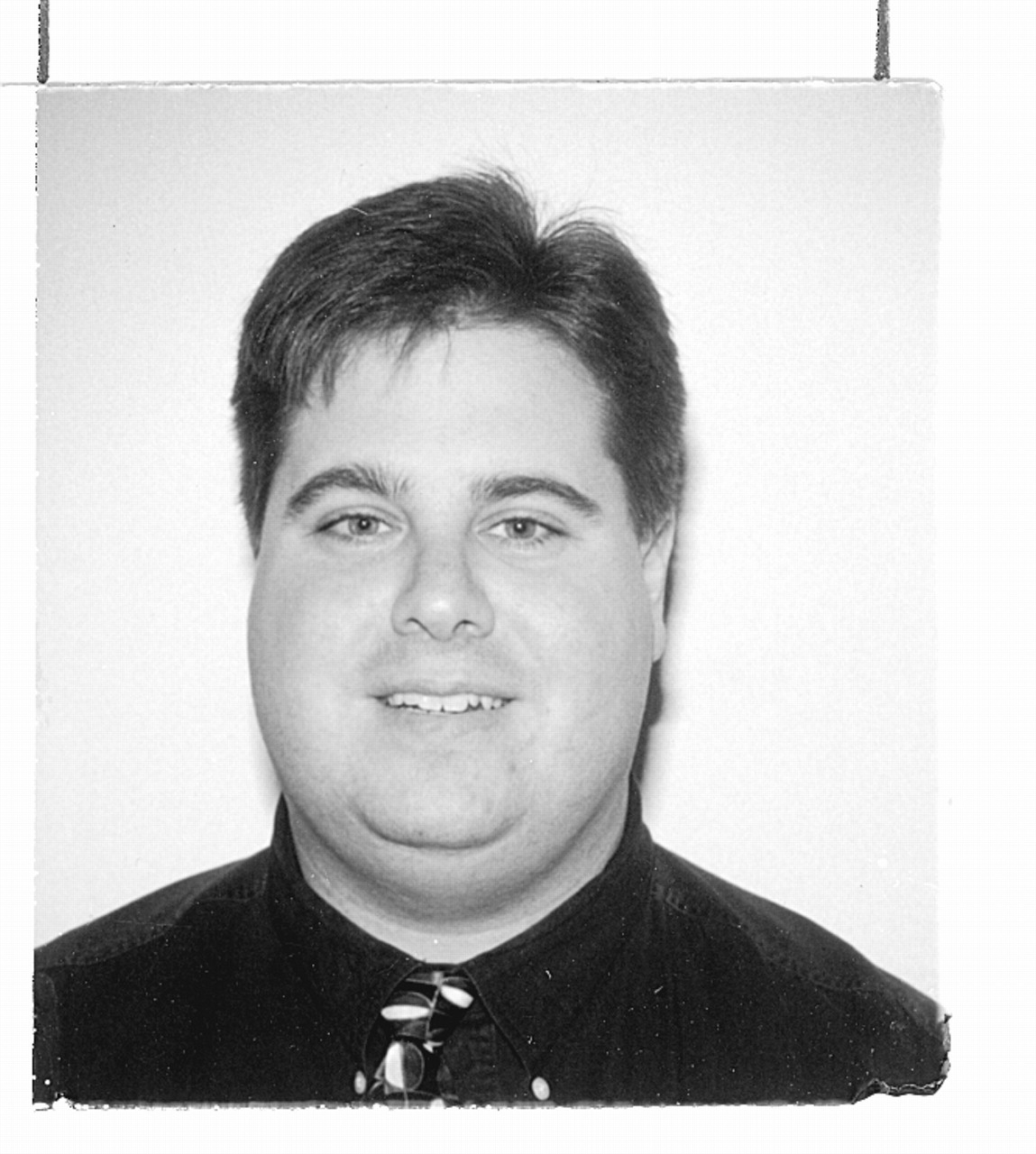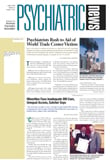We frequently hear about the difficulties faced by psychiatrists starting their careers. Being at the start of your career, however, may also provide the chance to take advantage of opportunities that would be more difficult to consider later in one’s professional life.
Shortly after entering private practice, a newly formed company, Trimeridian Inc., approached me about working for them. The company is dedicated to the evaluation and treatment of patients with gambling addictions. The CEO and principal owner of the company was acquainted with the CEO of the hospital where my practice hospitalized our inpatients. Trimeridian was searching for a medical director and attending psychiatrist for the inpatient unit, the Dr. Robert and Lillian Custer Center in Indianapolis, where I practice.
Of course, accepting this position was a risk. I would be giving up 30 percent of my practice time and income to work at the new unit. The opportunity was certainly interesting—the chance to serve as medical director of the only JCAHO-accredited psychiatric hospital specializing in the treatment of gambling addictions.
The Custer Center is named after the late Robert Custer, M.D., and his wife. Dr. Custer, a psychiatrist, was chief of treatment services of the Mental Health and Behavioral Science Service of the U.S. Veterans Administration. In 1972 he founded the first treatment center for compulsive gamblers in Brecksville, Ohio. Due in large part to his efforts, in 1980 APA officially recognized pathological gambling as a disorder.
The Congressional National Gambling Impact Study, released in June 1999, estimated that there are 2 million to 5 million Americans who meet DSM-IV criteria for pathological gambling. The study also suggested that another 15 million Americans may be “problem gamblers.” Legalized gambling, including lotteries, is available in 48 states and the District of Columbia.
Between 1976 and 1997, legalized gambling grew by 1,600 percent. Since the mid-1970s, gambling has grown from a $17 billion a year to a $1.4 trillion a year business. Last year, Americans spent more on gambling than on movies, sporting events, theater, concerts, theme parks, and cruises combined.
The Custer Center is a JCAHO-accredited psychiatric hospital that opened in September 1998. The center has treated patients from 40 states as well as abroad. The inpatient program combines a multidisciplinary treatment team consisting of psychiatrists, psychologists, nurses, certified gambling therapists, peer counselors, and consulting primary care physicians. Length of stay depends on each patient’s individualized treatment plan, but averages 21 to 24 days. The program includes group and individual therapy, a strong emphasis on Gamblers Anonymous, and pharmacological treatment. In addition to working with the patient, extensive work is done with the patient’s family and, as appropriate, employers, consumer credit-counseling groups, the courts, bookies, and so on.
Part of what made this opportunity attractive to me, especially as an early career psychiatrist, was the chance to become involved in a relatively new field and create a niche for myself. It is exciting to be able to work with some of the “thought leaders” in the field as we develop a better understanding of the epidemiological, biological, and psychosocial factors involved in this disorder.
It also provides me with the ability to work with colleagues in other disciplines as part of a truly comprehensive treatment team. I have found that this is something that is increasingly rare on most traditional inpatient psychiatric units due to the short lengths of stay and significant time pressures.
This interaction with the other members of the treatment team has become an important part of my continuing education and professional development. Having patients on an inpatient unit for three to four weeks allows us to do more dynamic, interpersonal, and cognitive-behavioral work than is usually possible in most short-stay inpatient settings. The concept of a “clinical formulation” has gone from an intellectual exercise in residency training to a very practical part of the process of creating a comprehensive assessment and recovery plan for our patients. It has provided a nice balance with the rest of my clinical work, which is primarily a psychopharmacology practice.
My position as medical director for the Custer Center has become the most interesting and rewarding part of my private practice. I sometimes wonder whether I would have taken advantage of this opportunity if presented with it a couple of years later. Being early in my career and having a schedule that was not yet full made the risk involved in taking this position more palatable.
Had I been in practice longer, I might not have been comfortable with the risk inherent in giving up such a large percentage of my clinical time. As early career psychiatrists, we may be more “risk tolerant” than our more senior colleagues who are further along in their careers. This may provide a greater variety of practice opportunities in our rapidly changing field. ▪

